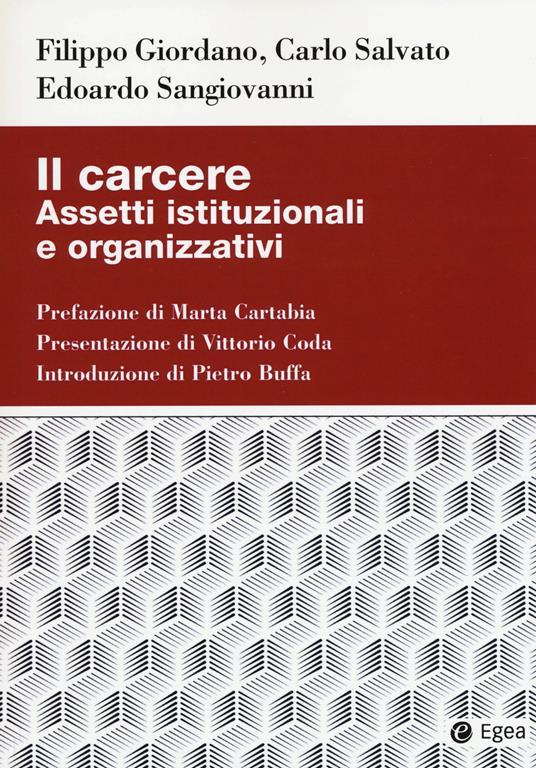Safety and re-education
Publish date 07-12-2021

The news often reminds us how badly organized prison structures are. With some exceptions.
Taken together, they cost a lot, almost 3 billion euros a year, and are very far from their re-educational function, but on the contrary they produce a high recidivism of almost 70%.
Now, for the first time in Italy, management professors and researchers from Bocconi and Lumsa Universities have conducted a study aimed at applying managerial models to improve the organization and administration of prisons.
From their work was born the book Il carcere, institutional and organizational assets (published by Egea) written by Filippo Giordano, Carlo Saves and Edoardo Sangiovanni, with the preface by the Minister of Justice Marta Cartabia.
Over the years the prison sector has not interested management scholars, despite the evidence of the difficult management for a complex mission that must know how to combine safety and re-education.
The volume offers a new point of view with the aim of contributing to the debate on the role of prison in contemporary society and the importance of creating value for the community by effectively pursuing the rehabilitation goal.
Each prisoner costs an average of 154 euros a day, but the fee that goes to his re-education is just 35 cents, the part that goes to his maintenance is 6 euros and 37 cents. Despite a slight improvement in job opportunities, only 4 out of 100 inmates have the possibility of a job not employed by the prison administration themselves but for external clients or cooperatives.
In the text, Filippo Giordano highlights that there is some counter-proof that perhaps social convenience (in terms of greater security for the community) should lead to a change in the execution model of the sentence, and it can be found by looking at some foreign experiences, such as those of Norway, Germany or Spain, experiences "which demonstrate how it is actually possible to combat recidivism through greater openness to rehabilitation programs and management of the penitentiary system characterized by a management model that considers inmates as users of a service" whose purpose is "to reconcile safety and re-education".
In collecting the results of a 4-year research path through interviews in the Milanese prisons of Bollate, Opera and San Vittore, the volume therefore focuses on how crucial it is to align the aim to be achieved with the execution of the sentence (safety and re-education ), organizational models and individual behaviors.
Chiara Genisio
NP August / September





